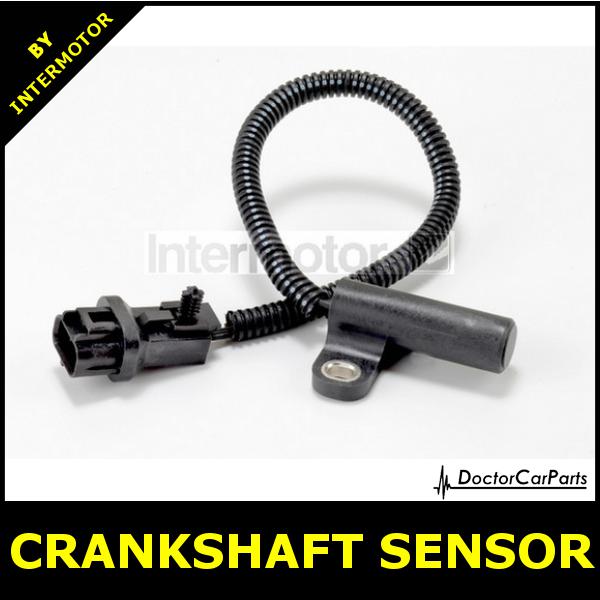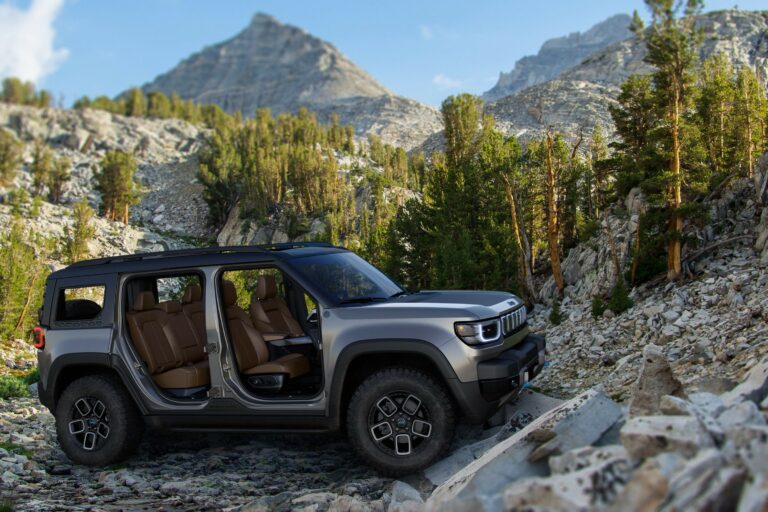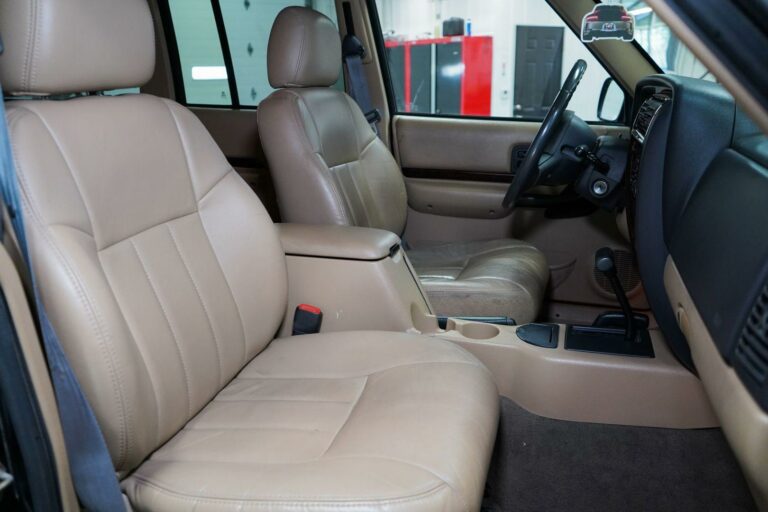98 Jeep Cherokee Lift Kit: Elevating Your Iconic XJ
98 Jeep Cherokee Lift Kit: Elevating Your Iconic XJ jeeps.truckstrend.com
The 1998 Jeep Cherokee (XJ) holds a special place in the hearts of off-road enthusiasts and automotive purists alike. Renowned for its rugged unibody construction, reliable powertrain, and legendary capability, the XJ remains one of the most popular platforms for modification. Among the myriad of upgrades available, a 98 Jeep Cherokee lift kit stands out as the single most transformative modification, fundamentally altering its appearance, enhancing its off-road prowess, and unlocking its full potential.
A lift kit, in essence, is a comprehensive suspension system designed to increase the vehicle’s ground clearance. For a 1998 Jeep Cherokee, this typically involves replacing or modifying the factory coil springs, leaf springs, shock absorbers, and often several other suspension components. The primary goal is to accommodate larger tires, improve approach, departure, and breakover angles, and ultimately, conquer more challenging terrain with greater ease and confidence. Whether you’re aiming for a subtle stance improvement or a radical off-road machine, understanding the nuances of a lift kit for your 98 XJ is the first step towards achieving your vision.
98 Jeep Cherokee Lift Kit: Elevating Your Iconic XJ
Why Lift Your 1998 Jeep Cherokee XJ? The Benefits Unveiled
The decision to install a lift kit on your 1998 Jeep Cherokee isn’t purely aesthetic; it’s a strategic enhancement that yields numerous practical benefits for both on and off-road driving:
- Increased Ground Clearance: This is the most immediate and impactful benefit. By raising the chassis, you gain crucial inches beneath the vehicle, allowing you to clear rocks, logs, and deep ruts without damaging vital undercarriage components like differentials, transfer cases, and exhaust pipes.
- Accommodate Larger Tires: Stock Jeep Cherokees are limited in the tire sizes they can run. A lift kit provides the necessary fender clearance to fit larger diameter and wider tires, which translates directly to improved traction, a larger contact patch, and better performance over varied terrain, from muddy trails to rocky climbs.
- Improved Off-Road Angles: Lifting the vehicle significantly enhances its approach, departure, and breakover angles.
- Approach Angle: The maximum slope a vehicle can climb without its front bumper hitting the ground.
- Departure Angle: The maximum slope a vehicle can descend without its rear bumper dragging.
- Breakover Angle: The maximum angle a vehicle can traverse over a crest without its underbody scraping.

- Enhanced Articulation: Many lift kits, particularly those designed for serious off-roading, are engineered to allow for greater suspension articulation. This means the wheels can move up and down independently to a greater degree, keeping more tires in contact with the ground on uneven surfaces, which is critical for maintaining traction.
- Aggressive Aesthetics: Let’s be honest, a lifted XJ just looks tougher and more capable. The elevated stance and larger tires give the vehicle an undeniable presence that many enthusiasts desire.
- Better Visibility: Sitting higher in the driver’s seat can provide a commanding view of the road and trail ahead, improving situational awareness.

Navigating the Landscape: Types of Lift Kits for the 1998 Jeep Cherokee
The world of 98 Jeep Cherokee lift kits offers a spectrum of options, each catering to different needs, budgets, and levels of off-road ambition. Understanding these categories is crucial for making an informed decision.
-
Budget Boost/Spacer Lift (0.75" – 2"):
- Description: These kits utilize coil spring spacers (placed above the front coil springs) and longer shackles or add-a-leafs for the rear leaf springs. They typically retain the factory shocks, or recommend slightly longer ones for the upper end of this range.
- Pros: Most affordable, easiest to install, maintains factory ride quality, good for clearing slightly larger tires (e.g., 30 inches).
- Cons: Minimal lift, offers no performance improvement in terms of articulation or shock travel, may not be enough for serious off-roading.
-
Basic Coil/Leaf Spring Lift (2" – 3"):
- Description: This category involves replacing the factory coil springs and often the entire rear leaf spring packs (or adding "add-a-leafs") with new, taller springs. Crucially, new, longer shock absorbers are included to accommodate the increased travel.
- Pros: Good entry-level performance lift, noticeable improvement in ground clearance and tire capacity (e.g., 30-31 inches), relatively straightforward installation for the mechanically inclined.
- Cons: May require minor adjustments like an adjustable track bar to re-center the front axle, and potentially a transfer case drop to mitigate driveline vibrations.
-
Mid-Travel Lift (3" – 4.5"):
- Description: These are comprehensive kits that replace all four springs with taller units and include longer, performance-oriented shocks. They often come with additional components such as extended sway bar links, an adjustable front track bar, and sometimes longer lower control arms to correct caster angles.
- Pros: Significant performance gain for serious off-roading, excellent articulation, allows for larger tires (e.g., 31-32 inches with trimming), improved ride quality over rough terrain compared to basic lifts.
- Cons: More complex installation, almost always requires an adjustable track bar, often necessitates a slip yoke eliminator (SYE) kit and a new rear driveshaft to prevent driveline vibrations, may require extended brake lines.
-
Long Arm Lift (4.5" +):
- Description: The pinnacle of XJ suspension modification. These kits replace the short factory control arms with much longer ones, relocating their mounting points further back on the frame. This creates a flatter control arm angle, which is essential for maintaining proper suspension geometry at extreme lift heights. Full leaf packs, new coils, and long-travel shocks are standard.
- Pros: Optimal articulation, superior ride quality on-road at higher lifts due to corrected geometry, unparalleled off-road performance, accommodates very large tires (e.g., 33 inches and beyond with trimming).
- Cons: Most expensive, most complex installation (often requires cutting and welding), absolutely requires an SYE and custom driveshaft, necessitates significant other modifications (steering, gearing, fender trimming).

Key Components of a 98 Jeep Cherokee Lift Kit
Regardless of the lift height, most comprehensive kits for the 98 XJ will include several core components:
- Coil Springs (Front): Taller and often stiffer springs to provide the desired lift.
- Leaf Springs (Rear): Full leaf packs or add-a-leafs to match the front lift and increase load capacity.
- Shock Absorbers: Longer, matched shocks designed for the increased suspension travel.
- Adjustable Track Bar (Front): Essential for re-centering the front axle after lifting.
- Control Arms (Front Upper & Lower): Can be fixed-length (for basic lifts) or adjustable/longer (for higher lifts) to correct caster angle.
- Sway Bar Disconnects/Extended Links: Allow for greater articulation off-road by disconnecting or extending the sway bar.
- Brake Line Extensions: Ensures brake lines aren’t stretched or damaged at full suspension droop.
- Transfer Case Drop Kit or Slip Yoke Eliminator (SYE) & Driveshaft: Crucial for mitigating driveline vibrations, especially at 3 inches of lift or more.
- Bump Stops: Extended bump stops prevent damage to shocks and springs from over-compression.
- U-Bolts: New, longer U-bolts for the rear leaf springs.
Choosing the Right 98 Jeep Cherokee Lift Kit for You
Selecting the ideal 98 Jeep Cherokee lift kit involves careful consideration of several factors:
- Intended Use: Is your XJ a daily driver that occasionally sees dirt roads, a weekend warrior hitting moderate trails, or a dedicated rock crawler? Your primary use dictates the necessary lift height and component quality.
- Tire Size Goal: Decide what tire size you ultimately want to run. This is perhaps the most significant factor, as specific tire sizes require corresponding lift heights (e.g., 30" tires often fit with 2-3" lift, 31" with 3-4.5", 33" with 4.5" + and trimming).
- Budget: Lift kits vary wildly in price. Set a realistic budget that includes not just the kit, but also potential associated costs like installation, alignment, new tires, and possible driveline modifications.
- Installation Skill Level: Are you planning a DIY installation, or will you hire a professional? Higher lifts and more complex kits require specialized tools and expertise.
- Ride Quality Preference: Some performance-oriented kits can result in a stiffer ride on-road. Consider if you prioritize comfort or ultimate off-road capability.
- Reputation: Stick with reputable brands known for quality and customer support (e.g., Rubicon Express, Old Man Emu, Rough Country, Zone Offroad, TeraFlex, BDS, MetalCloak).
Installation Considerations and Potential Challenges
Installing a 98 Jeep Cherokee lift kit can range from a relatively simple bolt-on process to a complex undertaking requiring cutting and welding. Here are key considerations:
- Tools: A comprehensive set of wrenches, sockets, a floor jack, sturdy jack stands, and a torque wrench are essential. Spring compressors can be helpful but require extreme caution due to the stored energy in the coils. An impact gun can save significant time.
- Rust: Older XJs are prone to rust, especially on suspension bolts. Penetrating oil, heat, and patience are your best friends. Be prepared for seized or broken bolts.
- Driveline Vibrations: This is the most common issue after lifting an XJ, particularly at 3 inches or more. It’s caused by the altered pinion angle. Solutions include a transfer case drop kit (a cheaper, but less ideal solution that reduces ground clearance) or, preferably, a Slip Yoke Eliminator (SYE) kit combined with a new CV-style driveshaft.
- Alignment: Crucial after any suspension modification. A professional alignment ensures proper steering, prevents premature tire wear, and maintains safe handling characteristics.
- Brake Lines: Always check that your brake lines have enough slack at full suspension droop. Extend or replace them if necessary.
- Steering Components: At higher lifts, the factory steering linkage may become a weak point. Upgrading to heavy-duty steering (e.g., V8 ZJ steering) or a full crossover steering system might be necessary.
- Tire Clearance: Even with a lift, larger tires might require trimming of the fender flares or inner fender liners, or even cutting the fenders, especially during suspension articulation.
Practical Advice and Actionable Insights
- Research, Research, Research: Before buying, spend time on Jeep forums, watch installation videos, and read reviews. Learn from others’ experiences.
- Assess Your Current Suspension: Before investing in a lift, inspect your existing suspension components. Worn bushings, ball joints, or steering components should be addressed first.
- Don’t Skimp on Shocks: Shocks are critical for ride quality and performance. Quality shocks make a huge difference.
- Address Driveline Proactively: If you’re going 3 inches or higher, budget for an SYE and driveshaft. It’s better to do it right the first time than chase vibrations later.
- Safety First: Always use jack stands, wear safety glasses, and be mindful of your surroundings during installation.
- Consider a Re-Gear: For significantly larger tires (e.g., 33 inches or more), your stock gear ratios will feel sluggish. Re-gearing your axles will restore power and efficiency.
Estimated Price Range for 98 Jeep Cherokee Lift Kits
Please note that prices are estimates and can vary based on brand, components included, sales, and supplier. Installation costs are typically separate and can range from $400 to $1500+ depending on complexity and labor rates.
| Kit Type | Lift Height (Inches) | Key Components | Estimated Price Range (USD) |
|---|---|---|---|
| Budget Boost | 0.75" – 2" | Coil Spacers, Rear Shackles/Add-a-Leaf | $100 – $300 |
| Basic Lift | 2" – 3" | New Coil Springs, New Leaf Springs (or Add-a-Leafs), Longer Shocks | $400 – $800 |
| Mid-Travel Lift | 3" – 4.5" | New Coil Springs, New Full Leaf Packs, Longer Performance Shocks, Adjustable Track Bar, Extended Sway Bar Links, Often Longer Lower Control Arms, Brake Line Extensions | $800 – $1,800 |
| Long Arm Lift | 4.5" + | New Coil Springs, New Full Leaf Packs, Long Travel Shocks, Long Control Arms (w/ frame brackets), Adjustable Track Bar, Extended Sway Bar Links, Brake Line Extensions | $2,000 – $5,000+ |
| Additional Costs | N/A | SYE Kit & Driveshaft, Alignment, Larger Tires, Re-gearing, HD Steering, Installation Labor | $500 – $4,000+ |
Frequently Asked Questions (FAQ) about 98 Jeep Cherokee Lift Kits
Q: Do I need new shocks with a lift kit?
A: Almost always, yes. Your factory shocks are designed for stock travel. Lifting the vehicle requires longer shocks to prevent them from topping out (over-extending) or bottoming out (over-compressing), which can damage the shocks and lead to a harsh ride.
Q: What is a SYE and do I need one?
A: SYE stands for Slip Yoke Eliminator. It’s a kit that converts your transfer case’s output shaft from a slip yoke design to a fixed yoke, allowing you to use a stronger, longer, and more vibration-resistant CV-style driveshaft. You will almost certainly need an SYE and a new driveshaft for lifts of 3 inches or more to prevent driveline vibrations.
Q: Can I install a lift kit myself?
A: For basic lifts (2-3 inches), many mechanically inclined individuals can perform the installation with standard tools. Higher lifts and long arm kits are significantly more complex, often requiring specialized tools, welding, and more advanced mechanical knowledge. If in doubt, professional installation is recommended.
Q: Will lifting my XJ affect its daily driving?
A: Yes. A lifted XJ will have a higher center of gravity, which can lead to more body roll in corners. The ride quality might also change (potentially stiffer or softer depending on the kit). Driveline vibrations (if not properly addressed) can be annoying. However, a well-designed and properly installed lift can still provide a comfortable and safe daily driving experience.
Q: What tire size can I run with a [X"] lift?
A:
- 2" Lift: Generally fits 30-inch tires with minor rubbing possible at full articulation.
- 3" Lift: Comfortably fits 30-31 inch tires, with 31s possibly requiring minor trimming.
- 4.5" Lift: Can fit 31-32 inch tires with minimal to moderate trimming. 33-inch tires are possible with significant trimming and often flat fender flares.
- 6"+ Lift: Designed for 33-inch tires and larger, requiring extensive fender modification and other upgrades.
Q: Is an alignment necessary after installing a lift?
A: Absolutely critical. Lifting changes your vehicle’s caster, camber, and toe angles. An alignment ensures your tires wear evenly, your steering is centered, and your vehicle handles safely and predictably.
Conclusion
Investing in a 98 Jeep Cherokee lift kit is more than just a modification; it’s an investment in capability, aesthetics, and the sheer joy of off-roading. The venerable XJ, with its robust unibody and dependable powertrain, is an ideal candidate for such an upgrade, transforming it from a capable SUV into an even more formidable trail machine. By understanding the different types of lifts, their components, and the crucial considerations for installation and ongoing maintenance, you can confidently choose the right kit to match your ambitions and budget. With the right lift, your 1998 Jeep Cherokee will not only look the part but will also be ready to tackle new adventures, elevating your off-road experience to new heights.





